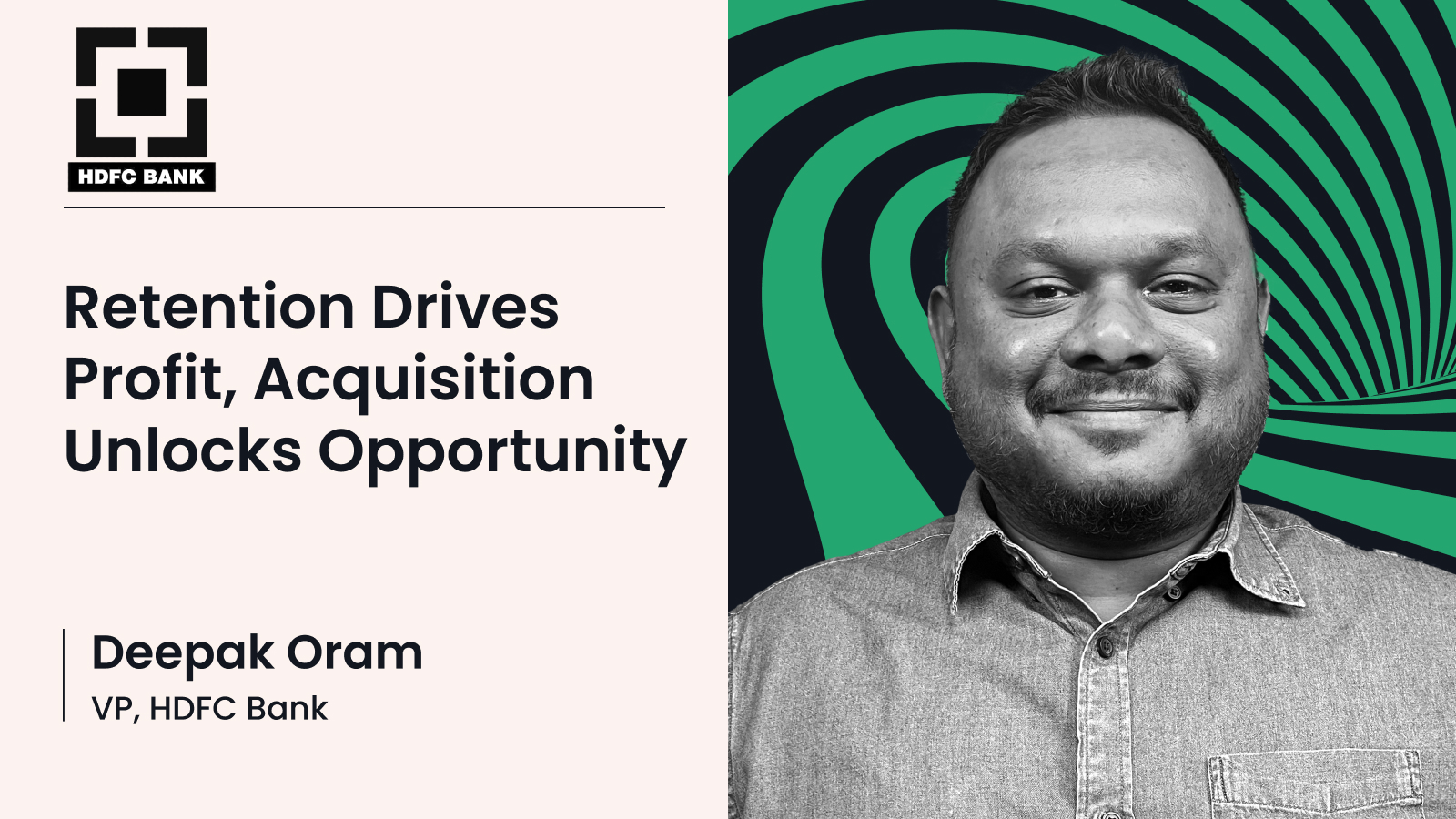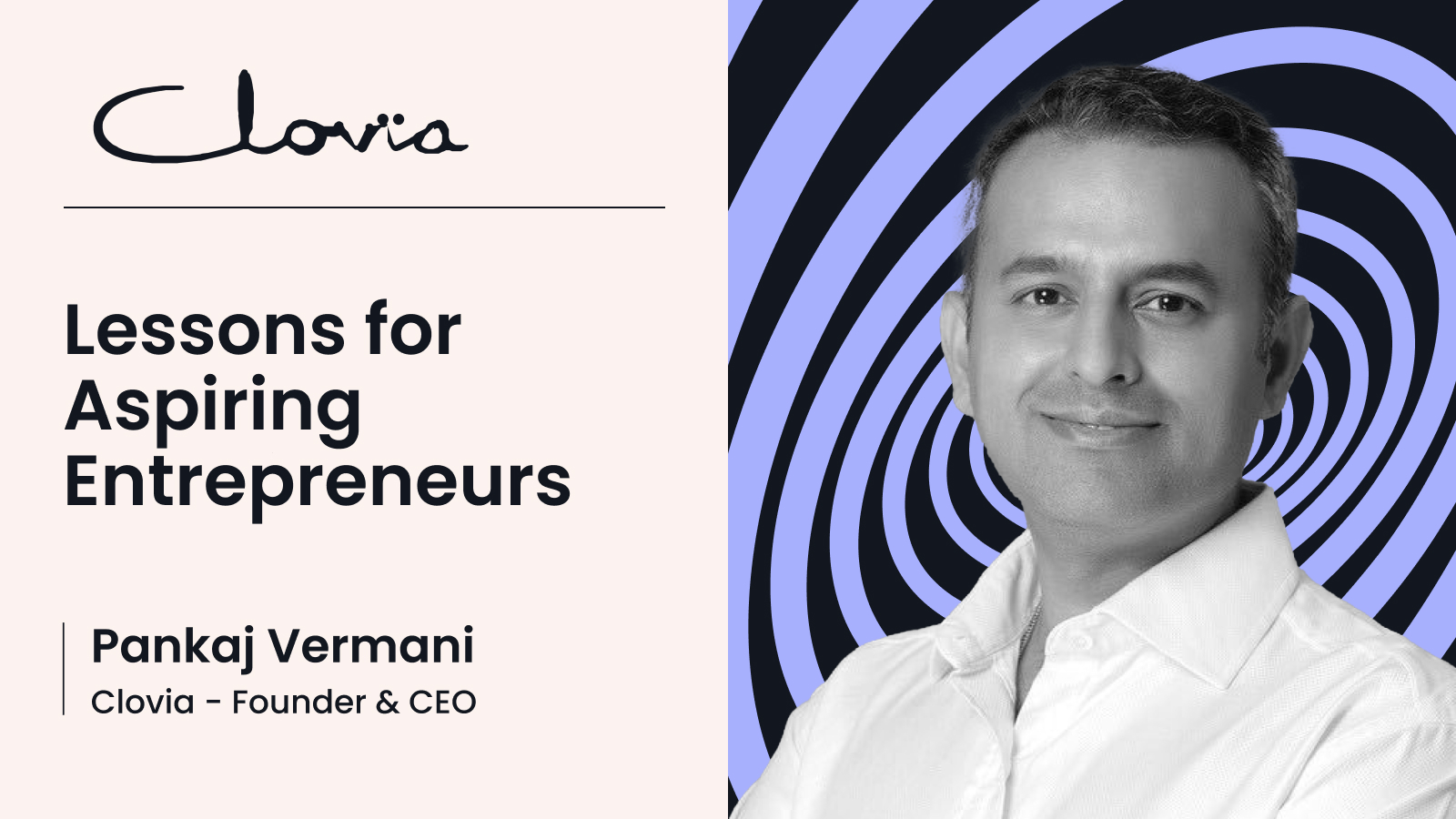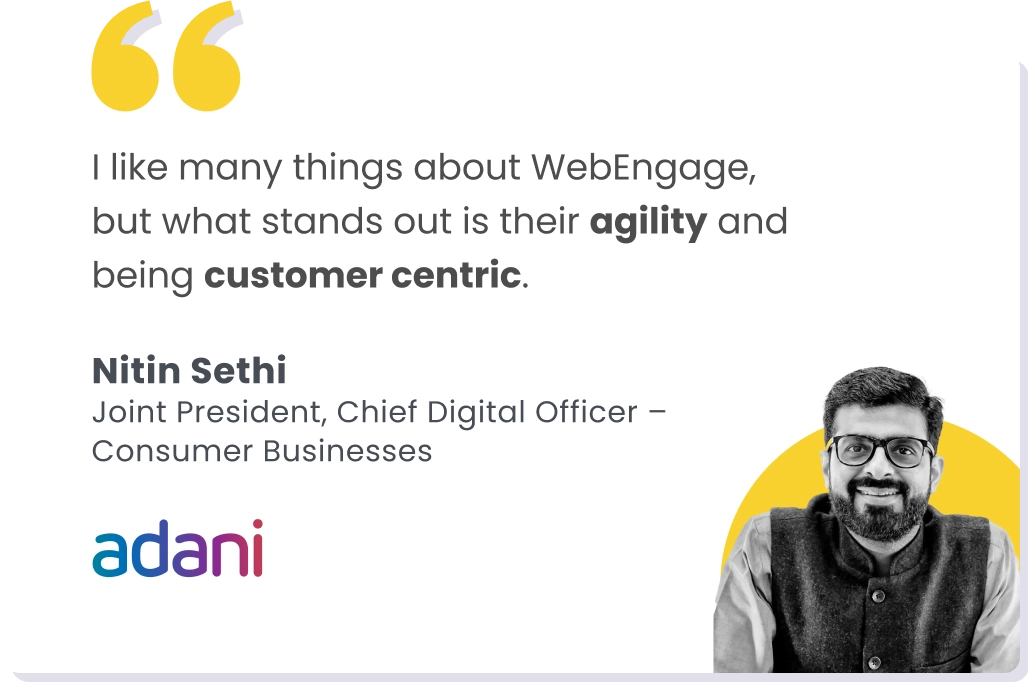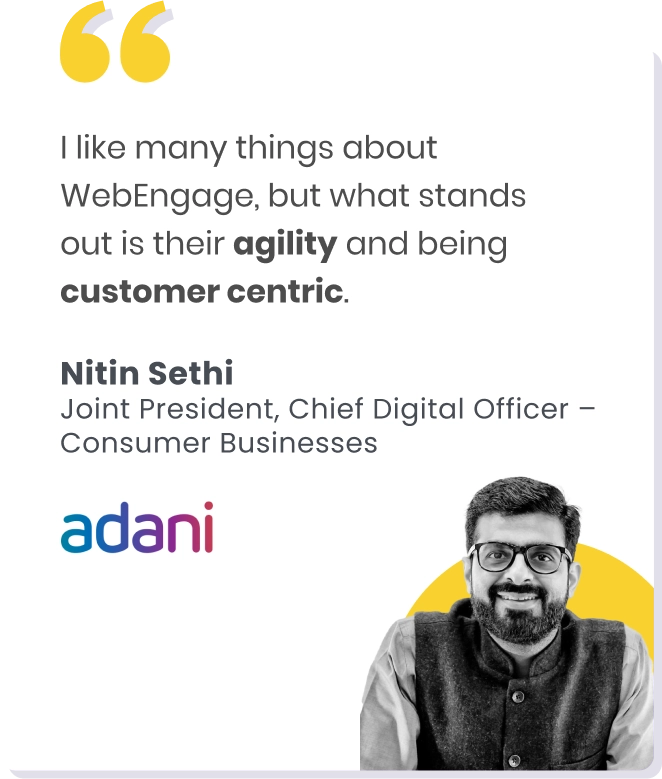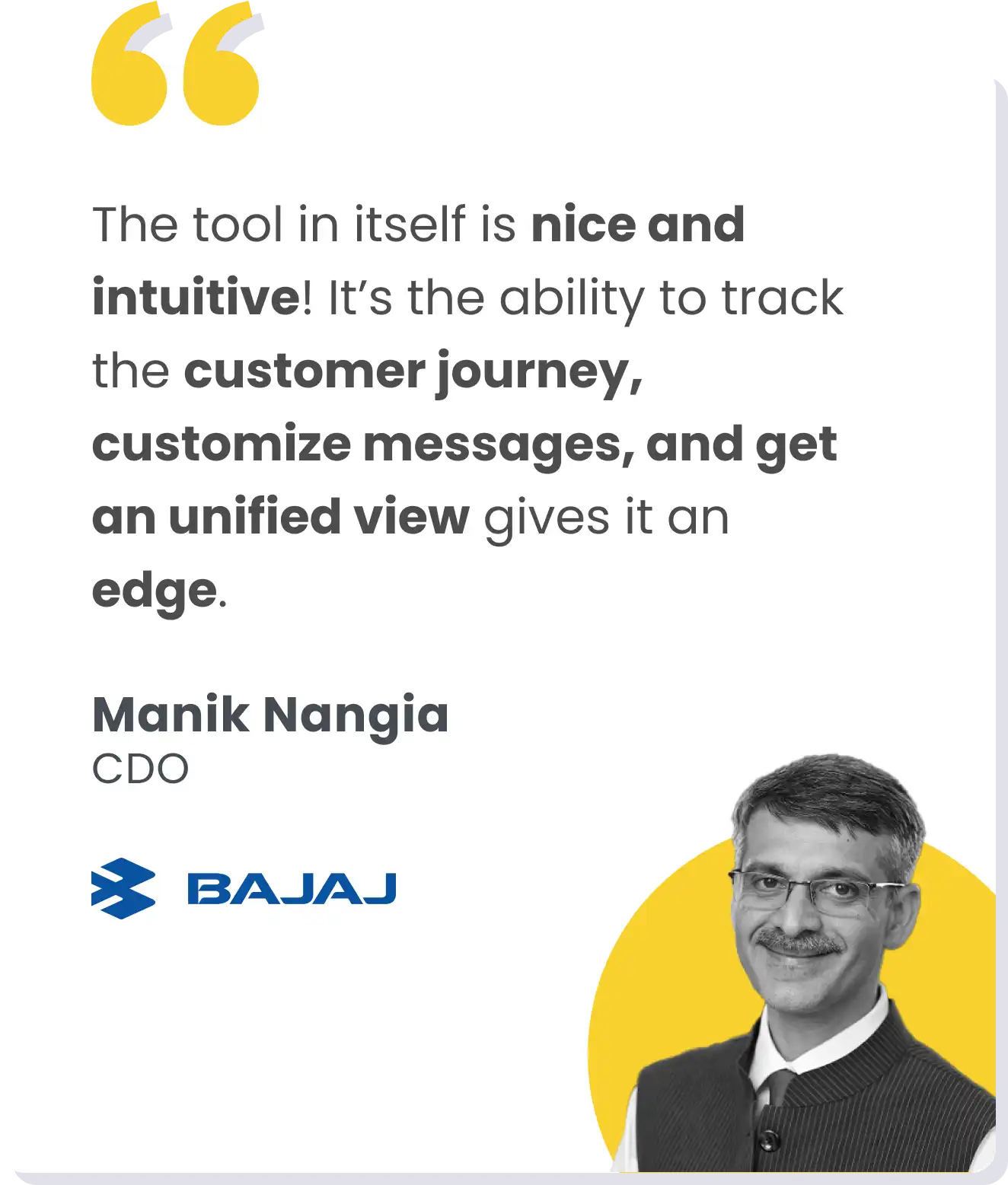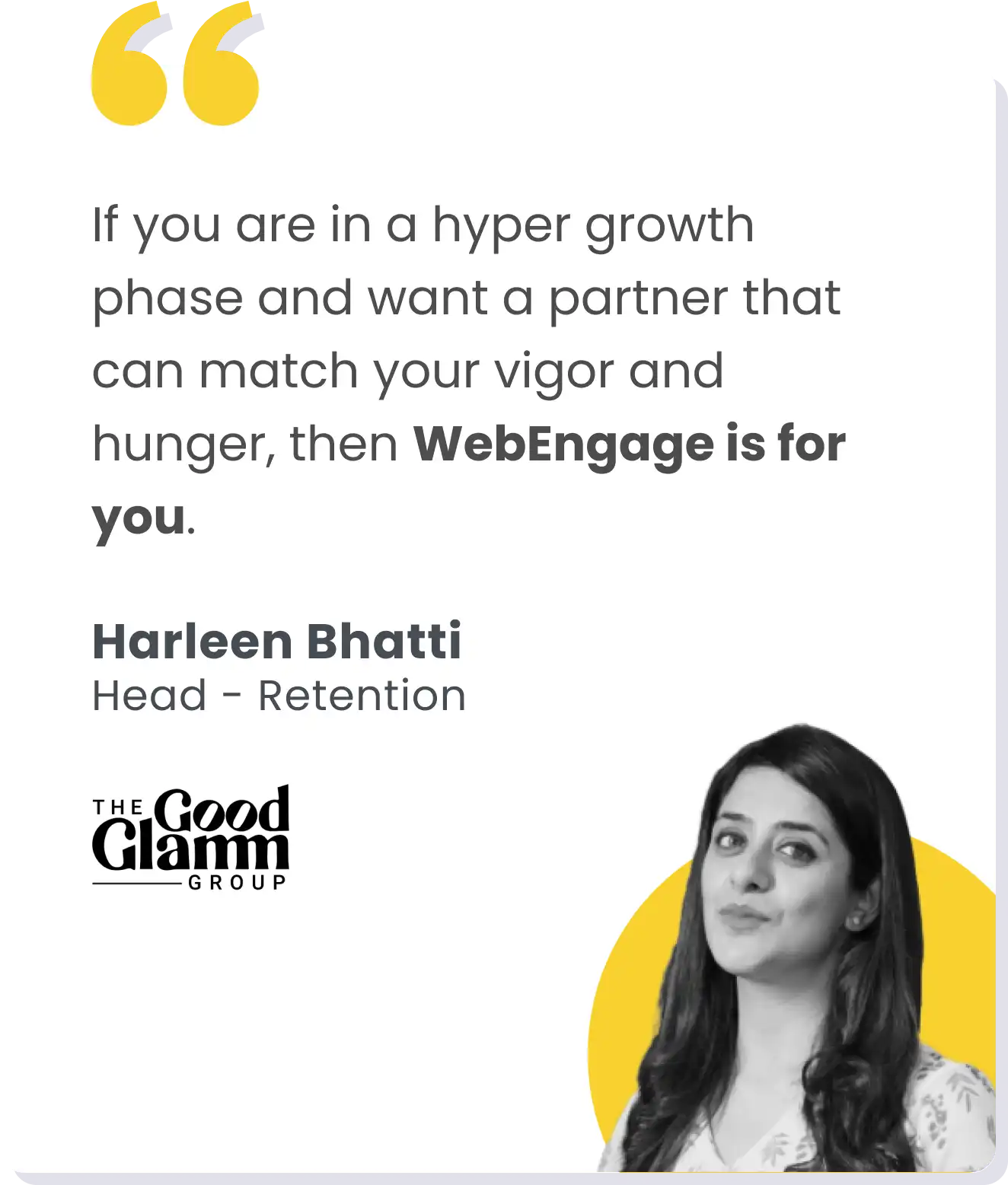To acquire or retain. To do organic or paid are questions that have troubled growth leaders. The truth is simple, but getting to it seldom is.
Steering a business towards sustainable growth demands the finesse of a ballroom dancer and the wit of a conversationalist. As business leaders, it’s not just about navigating this terrain; it’s about objectifying instead of subjectifying the yardstick of growth in your organization.
Always start there and be very bullish about the process.
Get Your Priorities Straight.
The journey begins with airtight planning, grappling with fundamental questions from a strategic standpoint.
Personally, I find myself contemplating the delicate balance between performance marketing, CRM, and retention. This introspection becomes crucial in determining the percentage of business contribution from these channels, both presently and in the future.
Consider this scenario: When a business is in the early stages, my inclination is to allocate the lion’s share of the marketing budget to performance marketing, targeting customer acquisition. I visualize committing a substantial 60-70% of the budget to this endeavor, accompanied by a crystal-clear understanding of customer acquisition cost (CAC) and the desired expansion of the customer base.
However, in this bid, the retention aspect should not be overlooked. Remember, retention is a Day 0 problem. A distribution of nearly 15% for the first year should be accounting for repeat purchases. As I transition into the subsequent year armed with insights on purchase frequency, the strategy evolves, ensuring that retention steadily contributes to and grows in the overall revenue mix.
For me, this breakdown isn’t just conceptual but embedded into the OKRs of the marketing teams I led. Every performance and CRM metric – from retention rates to purchase frequencies – found its place in our strategic framework. The result? A synchronized marketing department, a unified vision, and a palpable sense of contribution.
Be The Change You Want To See.
There were a few chinks in the armor that urged me to start my own agency SellThru – No agency offered CRM as a service in the region, and in a data-first world, CRM was the need of the hour. The synchronized marketing and the shared vision I spoke about earlier were lacking in the agency space. We wanted to change that and enable brands to streamline their customer relationships.
And then, of course, there was the delicate factor of marketing locally with a team that understands the business culture it is marketing to. SellThru was the region’s first client-side agency that was also WebEngage certified, where half the team hails from business backgrounds, unlike other agencies.
When I shifted gears, I observed a conspicuous gap where the strategic clarity I advocate for is often elusive. Leaders seem cognizant of the need to grow and boost retention but struggle to translate these aspirations into tangible, quantifiable targets. The trickle-down effect is evident—the teams they manage often operate with half-baked objectives, resulting in a lack of direction, uncharted profitability paths, and suboptimal organic growth.
Now, in response to bridging this gap for brands, SellThru and, by extension, I propose a paradigm shift—a focus on “Ideal Growth.” This involves dissecting growth into its constituent parts, demystifying those parts, and rendering them comprehensible. Instead of a vague pursuit of growth, leaders should spearhead a journey defined by actionable, intelligent objectives.
What Is ‘Ideal Growth’?
Ideal Growth revolves around breaking down and reverse engineering the growth trajectory. Let’s assume a revenue target, say AED 50 million in the first year. Start by allocating the percentage that you want to drive through new users and repeat users. Based on your total addressable market (TAM) and ad budget, you now arrive at a ballpark CAC that you need to achieve the said revenue share. What remains should now come from repeats.
For performance marketing, this calculation involving CAC, AOV, and purchase frequency sets the stage. It provides teams with clarity. They know exactly what is expected, creating a unified, results-driven force.
Now that we have identified the chunk of revenue we need through retention, we can allocate team bandwidth to drive this. It could be about increasing frequency, AOV, or even appetite towards new categories (if you have a multi-category play). The entire process, from performance to retention, is thus arranged into measurable metrics. The question is, how do we make sense of all the data that makes all this possible?
Single Source Of Truth
As we hurtle towards a cookie-less future, the emphasis on first-party data becomes non-negotiable. Establishing a robust customer data platform (CDP) infrastructure augments data and customer engagement beyond just transactional user interactions.
Imagine an all-in-one lightweight CDP that not only houses transactional data but also paints a comprehensive portrait of the customer— 360-degree profiles, preferences, communication channel predilections, and engagement history. This data depth transforms customer interaction into an individualized experience.
The Post-Purchase Power Play
Post-purchase interactions often play the role of unsung heroes in the customer retention narrative. A seamless, gratifying post-purchase experience becomes the linchpin for cultivating repeat business. The post-purchase journey is where a brand ceases to forge not momentary but lasting connections. A lot of brands make the mistake of overlooking this part of the process.
Consider incorporating post-purchase NPS assessments, feedback channels, and targeted campaigns to enrich the customer’s journey beyond the transaction.
For the retail homeware brand Nice, we float tailored post-purchase NPS questionnaires to online and offline customers.
The Offline NPS contains questions that provide feedback on staff, payment methods, and ease of finding the products in-store (visual merchandise) based on the ratings given by the customer. The rating dictates the flow of the NPS to ensure we gather actionable information to pass to the relevant teams in-store.
Similarly, the online NPS concentrates on the on-site search, checkout, pricing, and payment methods. Ratings drive the flow, providing real-time feedback for product managers to optimize specific aspects of the online funnel.
Active Listening.
As you inch towards sustainable growth, active listening must take center stage. Beyond the quantitative metrics, leaders must attune themselves to customer feedback. Initiate a proactive feedback loop, addressing concerns, and distinguish between detractors, passives, and promoters.
Convert data into information, information into knowledge, and knowledge into wisdom. Brands that actively listen and engage with their customers on a personal level are primed for growth.
The best brand owners have their ears to the ground. They’re constantly looking to evolve. As an agency, we urged our stakeholders to make it a priority to reach out to churned customers via unorthodox channels like WhatsApp and learn why they churned. When we talked, we discovered the reasons ranged from delayed delivery & return windows to average waiting time to talk with a call center agent.
Our experience has taught us to cover our bases and educate customers to let them know that the issues that pushed them away have been fixed.
Closing Thoughts
My perception of growth astronomically changed when I went from helping one brand to helping many through my agency.
As a business owner, I am doing my bit to lead brands toward sustainable growth and solve problems around business foresight, data dominance, and an unwavering commitment to customer satisfaction using CRM as a growth lever.
As a leader, I am doing my bit to equip other brand leaders with an acute sensitivity to the evolving needs of their customers, embrace Ideal Growth, champion first-party data, orchestrate post-purchase power plays, and let active listening resonate through every strategic decision.





